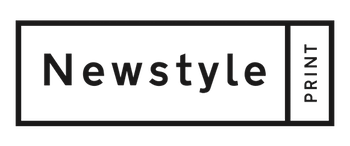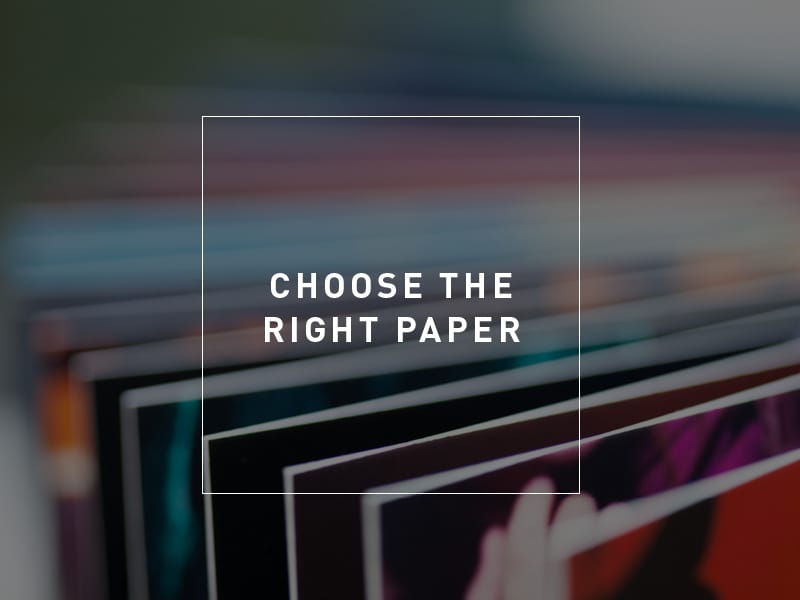It is no coincidence that professionals, whether reviewing resumes or websites, will only give their full attention for a maximum of 7 seconds. This is the standard time, regardless of culture, and more importantly, no matter what side of the business transaction the person is on.
In general, you have 7 seconds to make your impression in any situation, and you cannot afford any shortcomings.
If you are trying to get a job, your resume has about 7 seconds to impress the initial HR rep. People who are visiting a website to decide whether to patronise the business will look at it for about 7 seconds. In general, you have 7 seconds to make your impression in any situation, and you cannot afford any shortcomings. If your first impression is business collateral, a proposal, or a piece of direct mail (and it should be, because 99 percent of Australians open all of their mail), then your paper choice is a huge part of whether your business is chosen instead its competition.
Heavier paper naturally presents your campaign better.
Here is how to choose paper for your business collateral or a direct marketing campaign.
- Compare total weight to your budget — Heavier paper naturally presents your campaign better. However, the heavier your paper, the more expensive it is to send. Savvy companies on a budget will reduce the size of the mail piece, consolidate the information, and use a heavier paper weight to create the best impression. You may want to compare your sizing and heft to those of your competitors to see what you are up against.
- Coating your direct mail pieces — Coating gives your mailings an improved texture and opacity. It also lends some durability to your mailers by improving the ability of your paper to absorb colour, usually resulting in a deeper, more authentic look. Gloss and matte are the two major choices that you can add during the printing process. Matte adds thickness; gloss adds sheen. You can also add a UV coating in the post-print process for an extra bit of shine and even more durability.
- The colours that you use — In general, the more colours that you use on your mailer, the thicker your paper should be. You may have to make a few test runs to see just how thick, but the general consensus is that you can use 80gsm for black and white or single-colour prints, and you should go up to 80+ cover for more than two colours.
- Choosing paper to fit your design — If you are using a fold in your pieces to stand out, you may want to choose a slightly thinner type of paper to accommodate that design choice. If you are investing in embossed text, you may want to go a bit thicker to bring out the layers. Have a plan for the type of design you want, and choose your paper around it.
Your Choices Are Almost Endless
Choose from uncoated or coated stock, fine papers with cotton bonds or watermarks, or specialty papers that are pressure sensitive if you are investing in stickers. Do you know the difference between laser bond and xerographic specialty papers? How about vellum Bristol, railroad board, carbonless CB or MICR bond? You have far more choices than you think, so invest an hour or two in learning exactly how many different types of paper are out there.
Did you ever think that your choice of printing and paper selection would be so important to your business? It is! This is why the printer you choose is important as well. Make sure that you have a good discussion with your printer about the size, weight and colour scheme of the paper that you choose. If all else is equal, your target audience will likely do business with the company that sends out the most serious-looking mailer. Make sure that you give your mailer the choice of paper that will reflect your brand most accurately — it will directly affect the success of your business!
What’s your go-to paper choice? Tell us why in the comments below.

